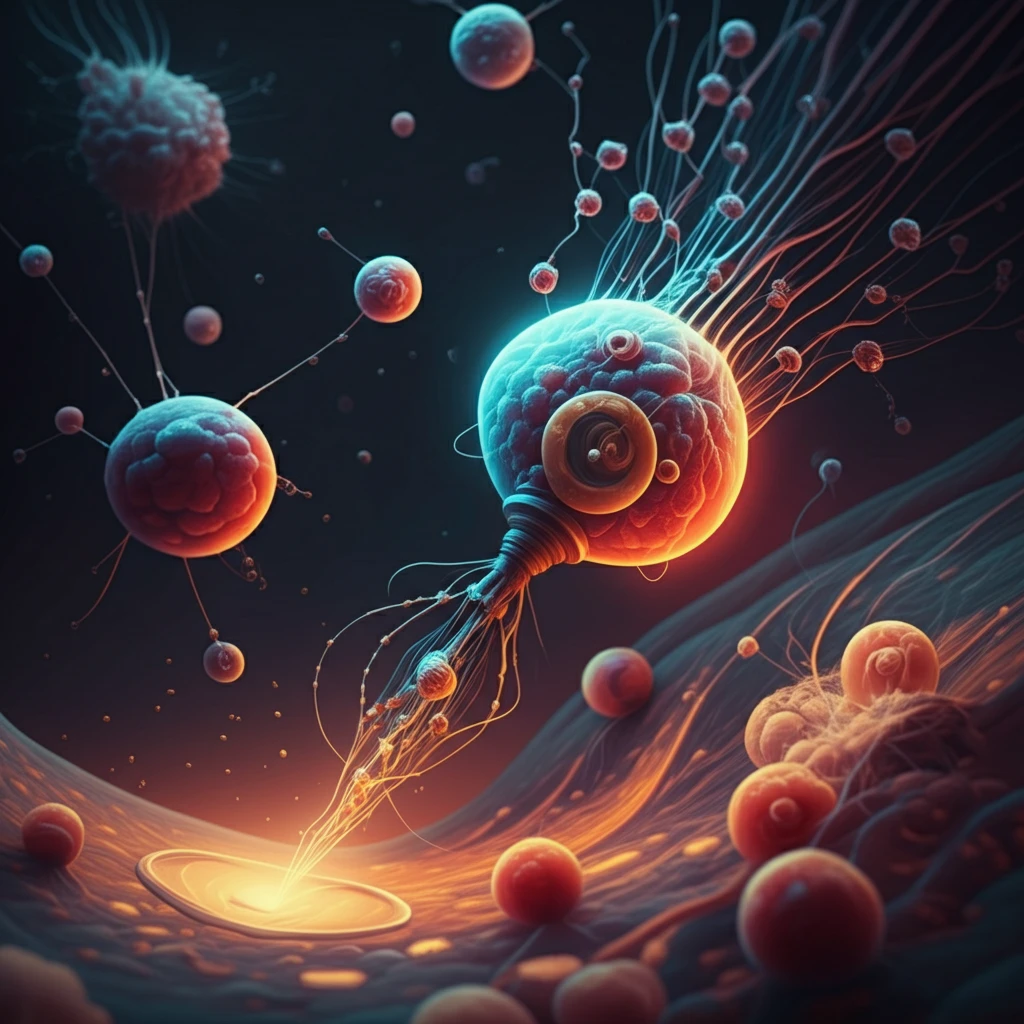
Early Cancer Detection: The Innovative Biosensor That Could Save Lives
"Researchers develop a groundbreaking electrochemical immunosensor for rapid and sensitive CDH22 biomarker detection, offering new hope for early cancer diagnosis."
Cancer remains a leading cause of mortality worldwide, often due to late-stage diagnosis. The ability to detect cancer early, when treatment is most effective, is crucial for improving survival rates. Traditional diagnostic methods, while valuable, can be time-consuming, expensive, and sometimes lack the sensitivity needed to identify biomarkers in their earliest stages.
In the pursuit of more effective diagnostic tools, researchers are constantly exploring innovative technologies. Among these, biosensors have emerged as promising candidates for rapid, sensitive, and cost-effective detection of cancer biomarkers. These devices combine biological recognition elements with signal transducers, enabling the detection of specific molecules indicative of disease.
This article delves into a recent breakthrough in biosensor technology: an electrochemical immunosensor designed for the early detection of Cadherin-like protein 22 (CDH22), a biomarker associated with several types of cancer. We'll explore how this innovative device works, its potential benefits, and its implications for the future of cancer diagnostics.
The Science Behind the Biosensor

The core of this innovation lies in the development of an electrochemical immunosensor that targets the CDH22 biomarker. This sensor utilizes a modified disposable indium tin oxide (ITO) electrode coated with a unique benzaldehyde-substituted poly(phosphazene) polymer. This polymer serves as an immobilization matrix, allowing for the direct binding of anti-CDH22 antibodies without the need for crosslinking agents. This direct binding property simplifies the sensor's construction and enhances its efficiency.
- Benzaldehyde-Substituted Poly(phosphazene): This polymer provides a stable and biocompatible platform for antibody immobilization. Its aldehyde groups enable direct covalent bonding to the amino groups of the antibodies.
- ITO Electrode: The disposable ITO electrode serves as the transducer, converting the biological recognition event into an electrical signal.
- Anti-CDH22 Antibodies: These antibodies specifically bind to the CDH22 biomarker, triggering a measurable change in the sensor's electrical properties.
The Future of Cancer Diagnostics
This innovative electrochemical immunosensor represents a significant step forward in the field of early cancer detection. Its high sensitivity, rapid response time, and ease of use make it a promising candidate for integration into point-of-care diagnostic devices. By enabling earlier and more accurate detection of cancer biomarkers like CDH22, this technology has the potential to improve patient outcomes and save lives. Further research and development will focus on expanding the range of biomarkers detectable by the sensor and streamlining its manufacturing process for widespread accessibility.
